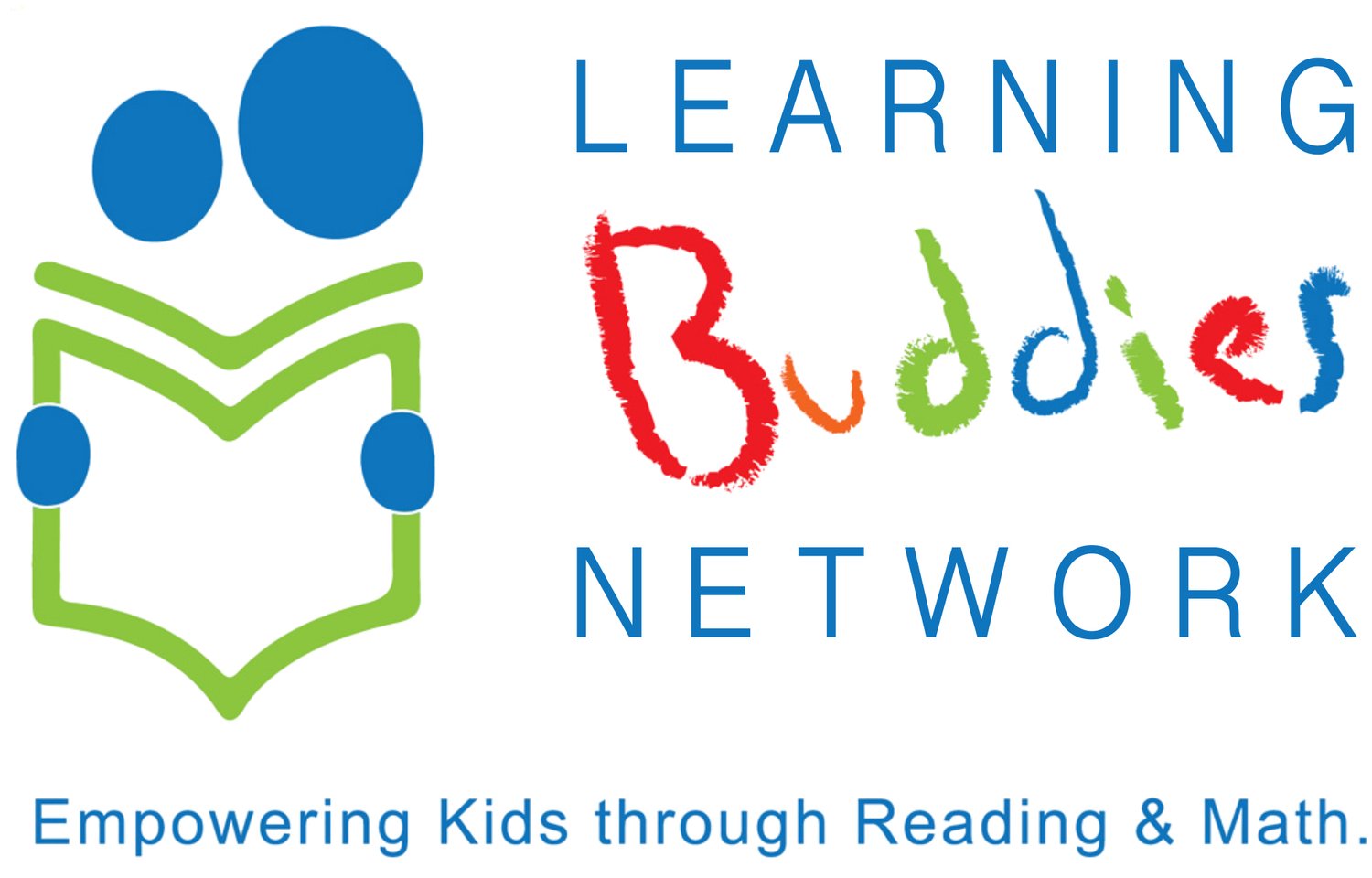Why Learning Through Doing is the Best Approach
Source: Unsplash (@Clint Patterson)
Have you ever learned something new just by diving in and trying it out? Whether it's cooking a new recipe, playing a sport, or learning a musical instrument, "learning by doing," also known as experiential learning, is a hands-on approach that can make the process more effective and memorable. Read on to learn more about the process of experiential learning and its benefits!
The Philosophy Behind Experiential Learning
John Dewey, an early 20th-century educator and philosopher, believed that learning is an active and social process. This philosophy suggests that learning involves not just the absorption of information, but applying it in various contexts. By engaging directly with materials, people, and environments, students form connections that lead to deeper understanding and retention. Dewey believed that individuals grow and learn as they interact with the world. Through encounters with their surroundings, individuals discover new ideas, concepts, and practices that allow them to form their own understandings, which they gradually reinforce through their learning and social experiences. His theory highlights the importance of actively engaging students and providing them with opportunities to gather hands-on experience.
Benefits of Experiential Learning
This educational approach excels in creating engaging and enduring learning experiences. Here’s how it contrasts with more passive educational methods:
1. Enhanced Retention:
Active participation ensures lessons are memorable. For example, a student conducting a physics experiment understands and remembers the principles of force and motion better than one who passively reads the same content. When you're actively involved, you're more likely to remember what you've learned. According to a study by the National Training Laboratories, students retain 75% of their knowledge when they practice what they learned, and 90% of their knowledge when they teach someone else, which highlights the effectiveness of hands-on learning.
2. Skill Development
Experiential learning aids in developing technical skills and soft skills like problem-solving and adaptability. This method requires learners to apply knowledge and foster practical skills alongside theoretical understanding, which are crucial in today’s ever-changing world. For example, in a technical workshop, learners might build a piece of machinery, which requires the application of engineering principles and problem-solving skills. This hands-on practice embeds technical knowledge far more than theoretical study alone.
3. Engagement and Motivation
There's something exciting about being part of the learning process. This excitement translates to higher engagement levels and a genuine interest in the subject matter, leading to intrinsic motivation. When learners are actively involved, they are more interested and invested in the material. Consider a language class where students act out scenarios using new vocabulary in drama classes; such immersive experiences are likely to motivate and engage students more than rote memorization.
4. Real-World Application
This approach prepares students for real-world challenges by bridging the gap between academic theories and practical application. In science classes, students might conduct experiments to understand chemical reactions firsthand. In business courses, simulations can teach students about market dynamics and decision-making. In marketing courses, a student could participate in an internship to design an actual advertising campaign, applying lessons from the classroom in real-world settings and observing the outcomes of their strategies firsthand. These examples show how adaptable and applicable experiential learning is across various fields.
Challenges and Considerations
While experiential learning has many benefits, it also requires significant resources like materials, space, and access to technology. Schools with limited budgets might find this challenging. However, with careful planning and community resources, these challenges can be overcome with creative solutions: leveraging community assets (i.e. community centres and libraries), partnering with local enterprises for internship/co-op opportunities, and utilizing advanced simulation tools for practices (i.e. the commerce students can study stock trading by using stock market simulators, which make it easy for them to practice investing and trading without risking real money). These can all facilitate hands-on learning without prohibitive costs.
Experiential learning is more than a teaching method; it’s a vibrant approach to engaging with knowledge and the world around us. By making education a participatory and dynamic experience, experiential learning not only enhances knowledge retention, but also prepares learners for professional challenges and personal growth. It's an approach that turns learning into an engaging, life-long process of discovery and application.

